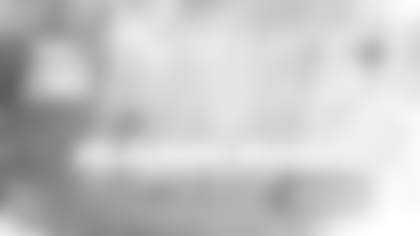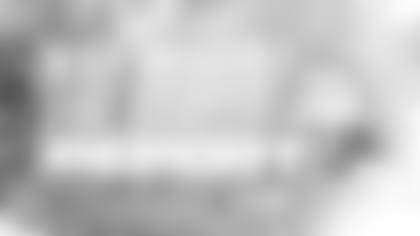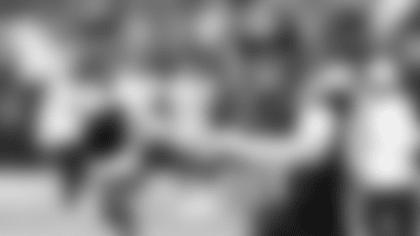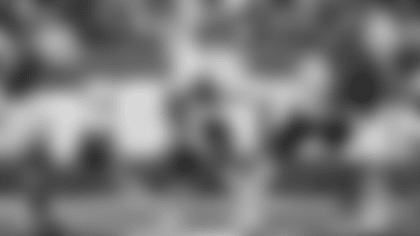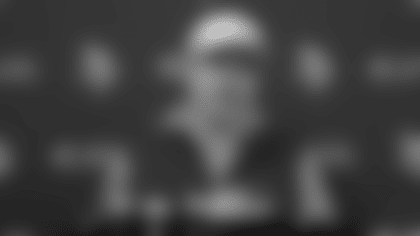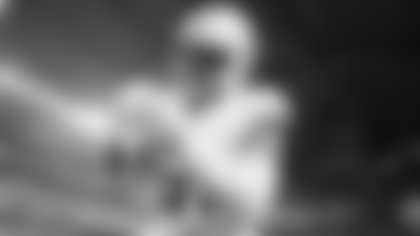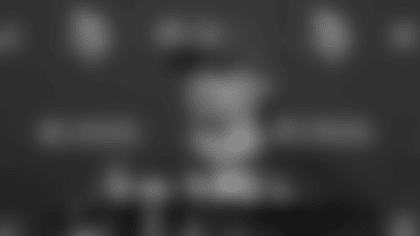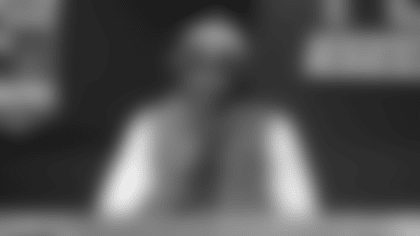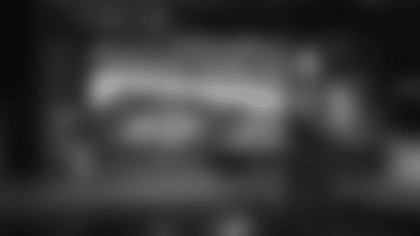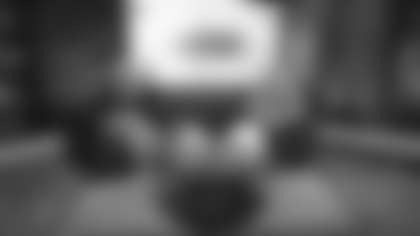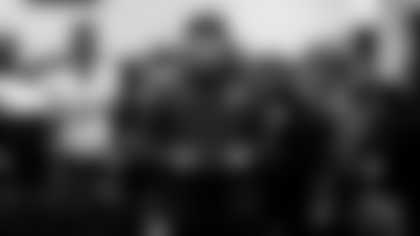MINNEAPOLIS (AP) — Ethylene-tetra-fluoro-ethylene.
It's not one of quarterback Teddy Bridgewater's audible calls, nor is it a term for a three-wide receiver set in the Vikings offense.
Look higher for the clues to this tongue-twister, all the way up to the roof of Minnesota's new stadium.
Sixty percent of the colossal venue, some 248,000 square feet of it, will be covered solely by this transparent material called ETFE. The space-age product, scientifically categorized as a copolymer plastic, lets in light like glass would. It's just lighter, cheaper and cleaner.
Public financial support for the project was never going to prevail unless the facility was usable year-round for a variety of events, so an open-air stadium wasn't a viable option. The retractable roof would've cost more, but the Vikings realized through researching other NFL venues that roofs are rarely retracted enough to make them worth the extra expense.
So the Vikings entered a new era of transparency: The $1.076 billion US Bank Stadium will open next season, boasting the only ETFE roof on a sports facility in the United States.
"Clear is the new retractable," said Vikings executive vice president for stadium development Lester Bagley, repeating a slogan coined as the design was revealed more than two years ago.
This week the first ETFE (ethylene tetra-flouro-ethylene) panels were placed on the new stadium roof's south side.
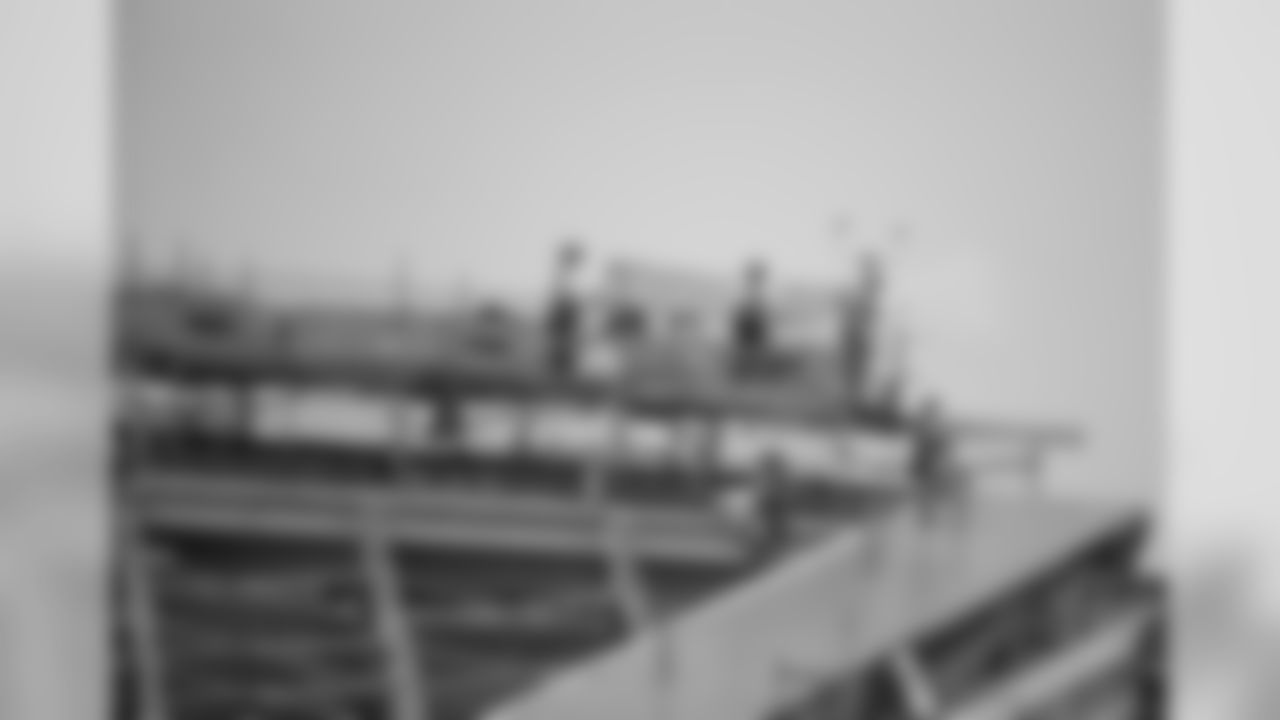
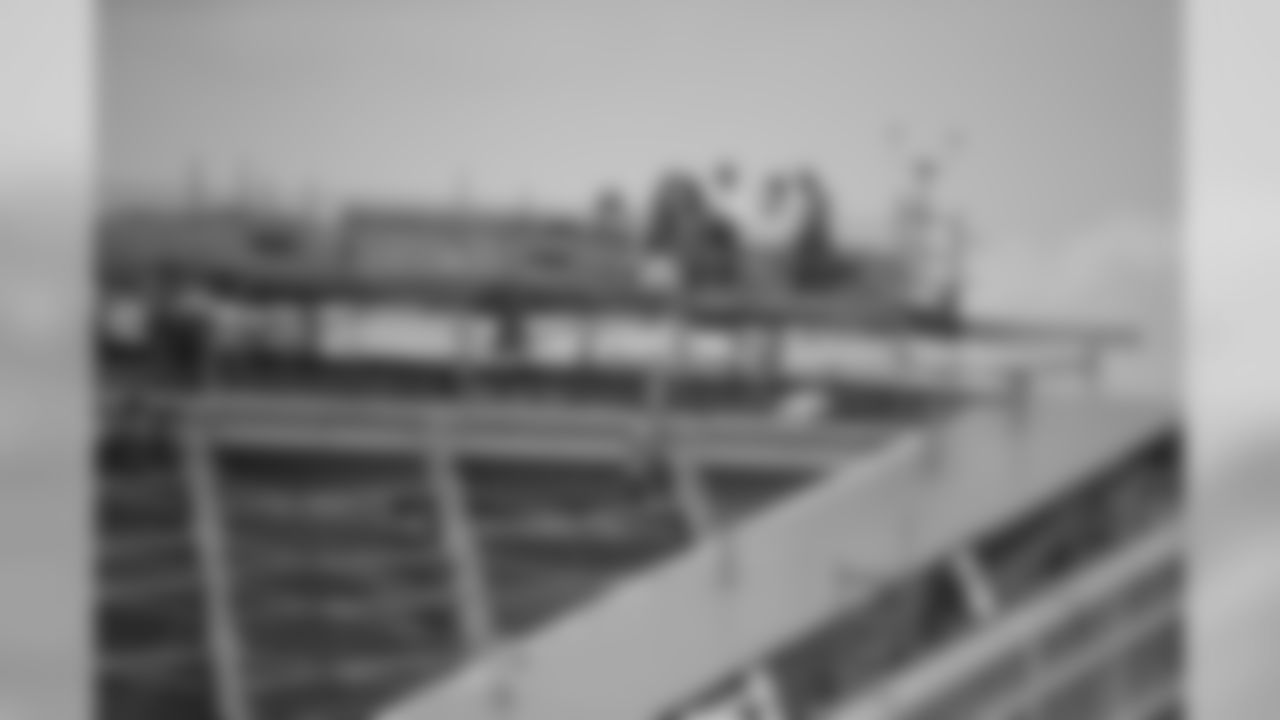
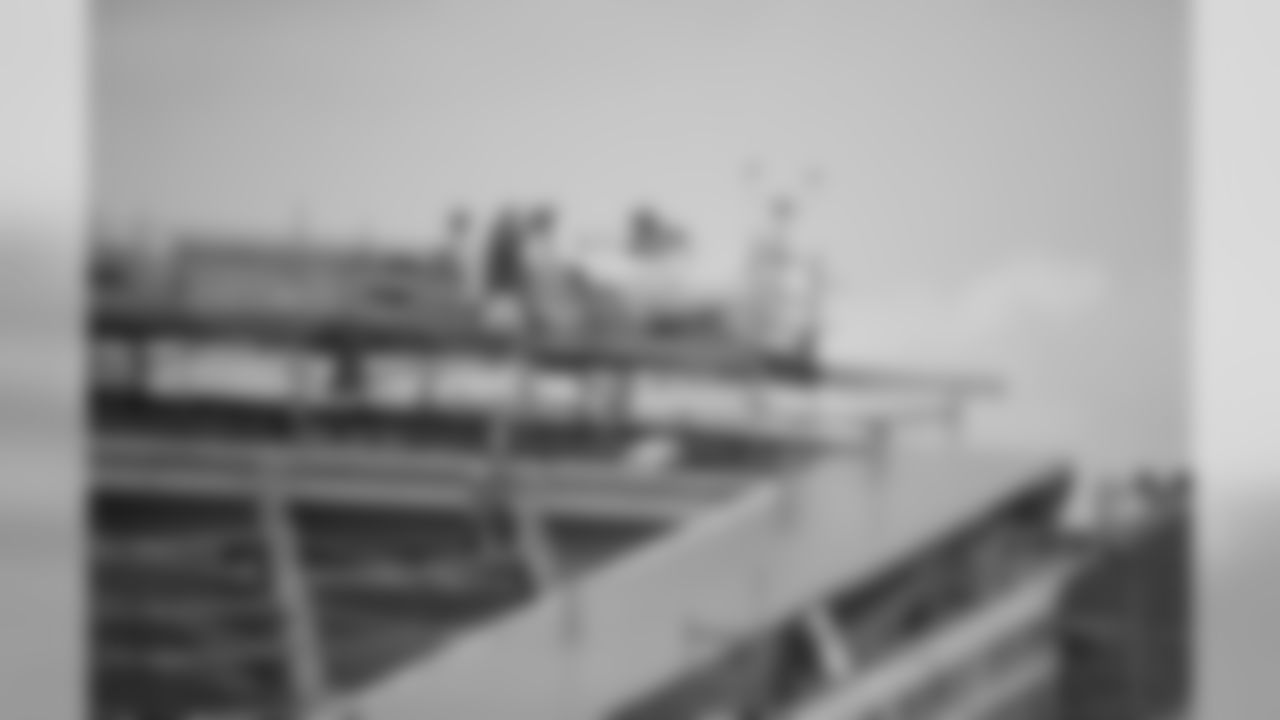
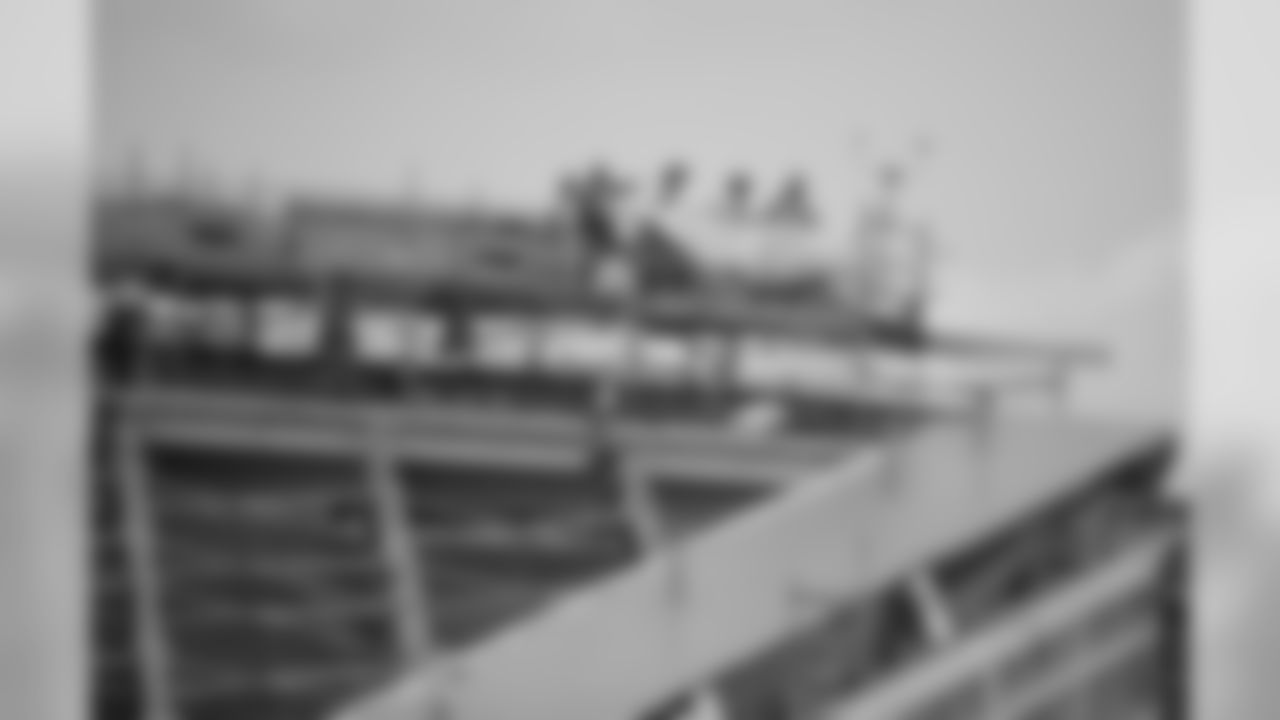
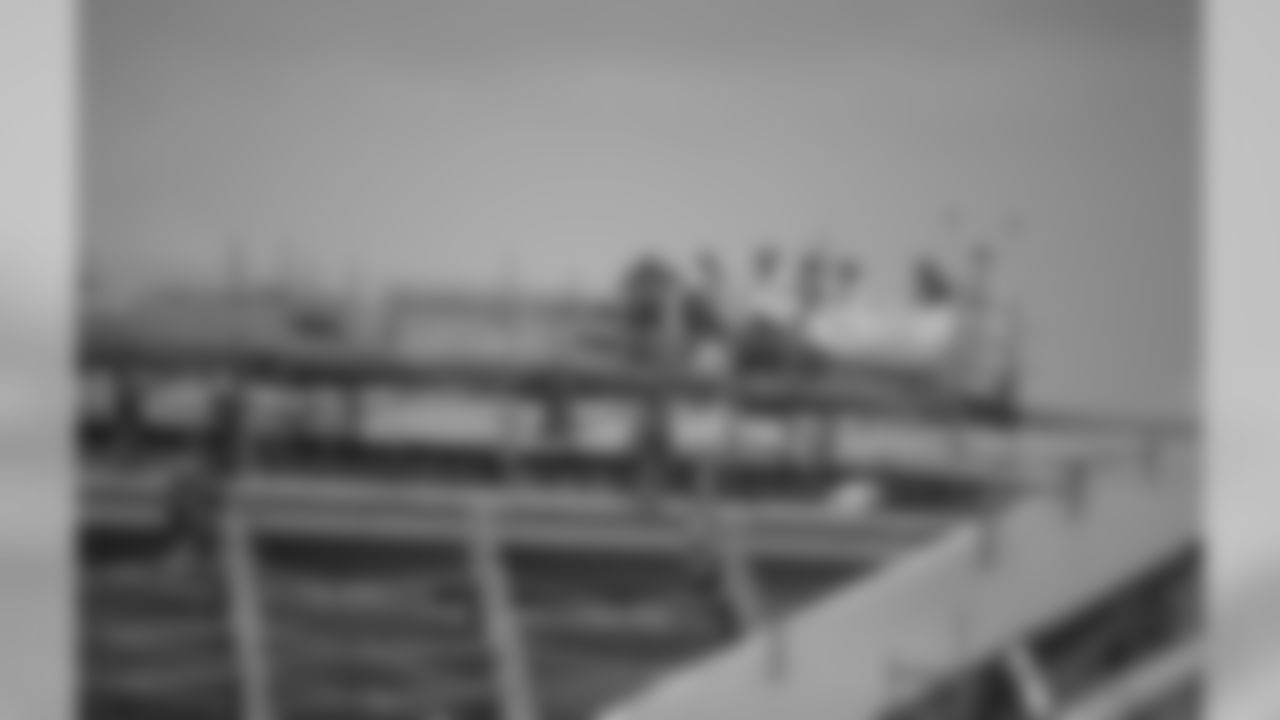
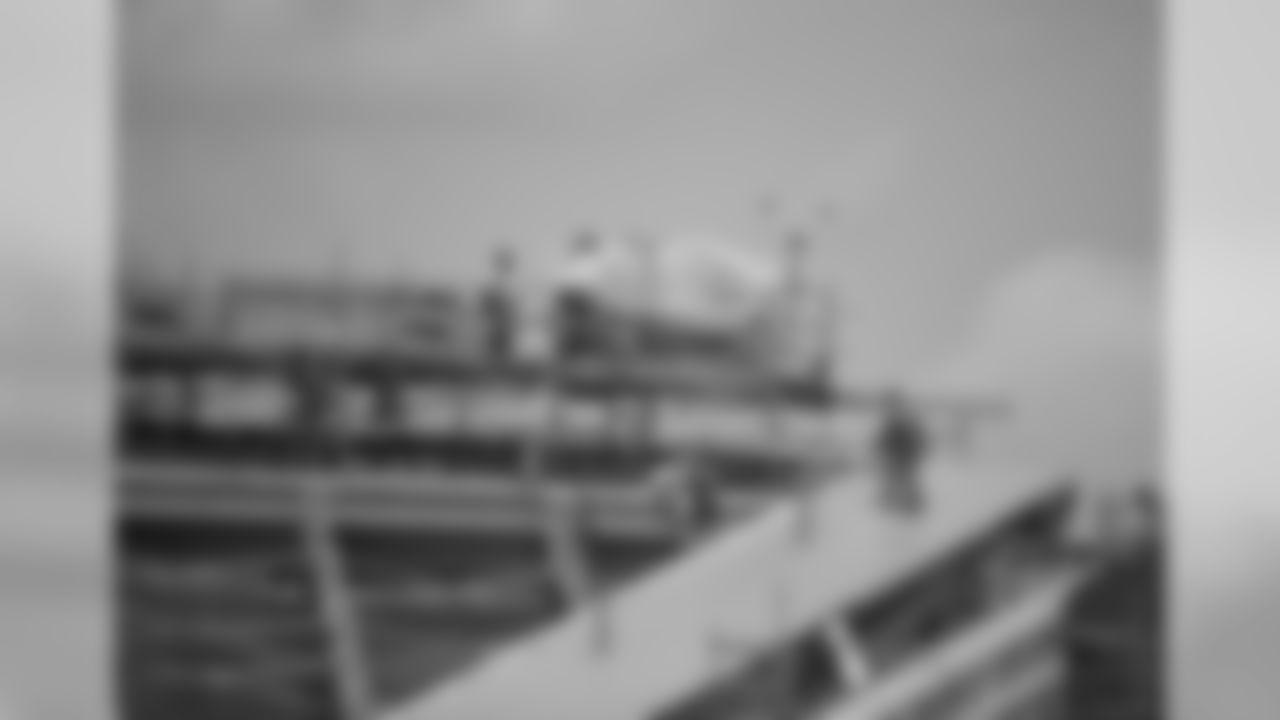
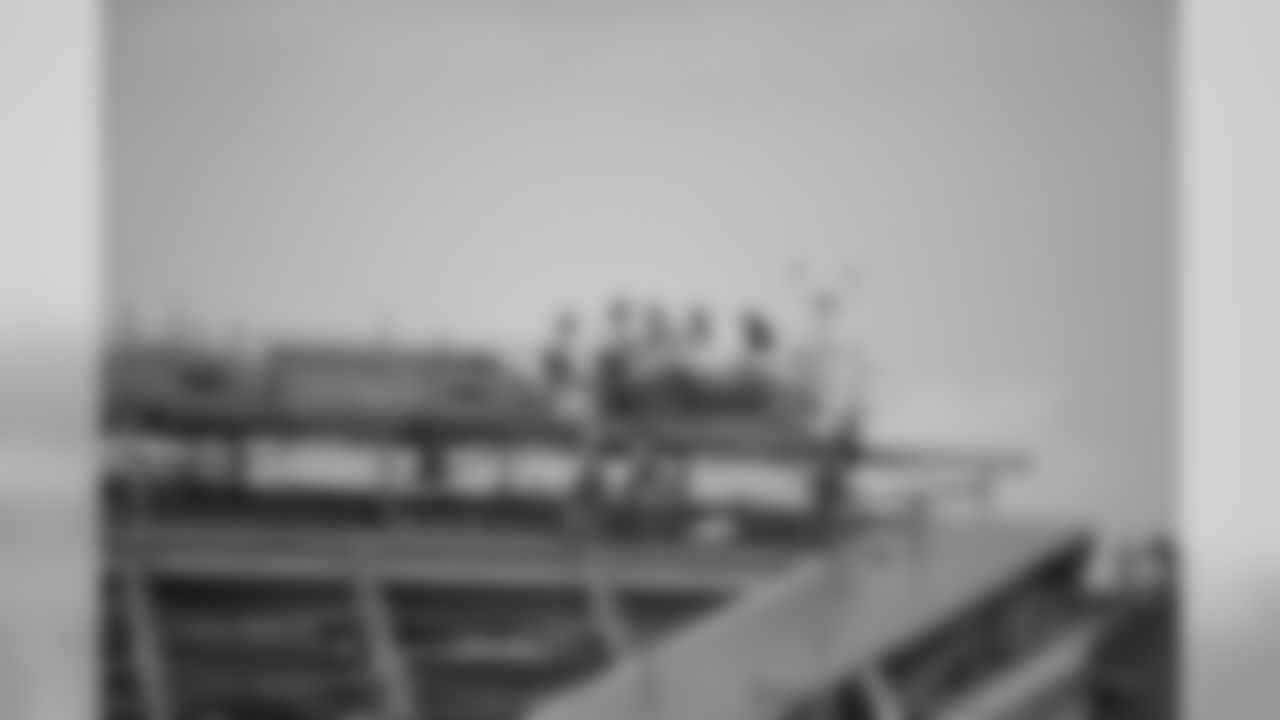
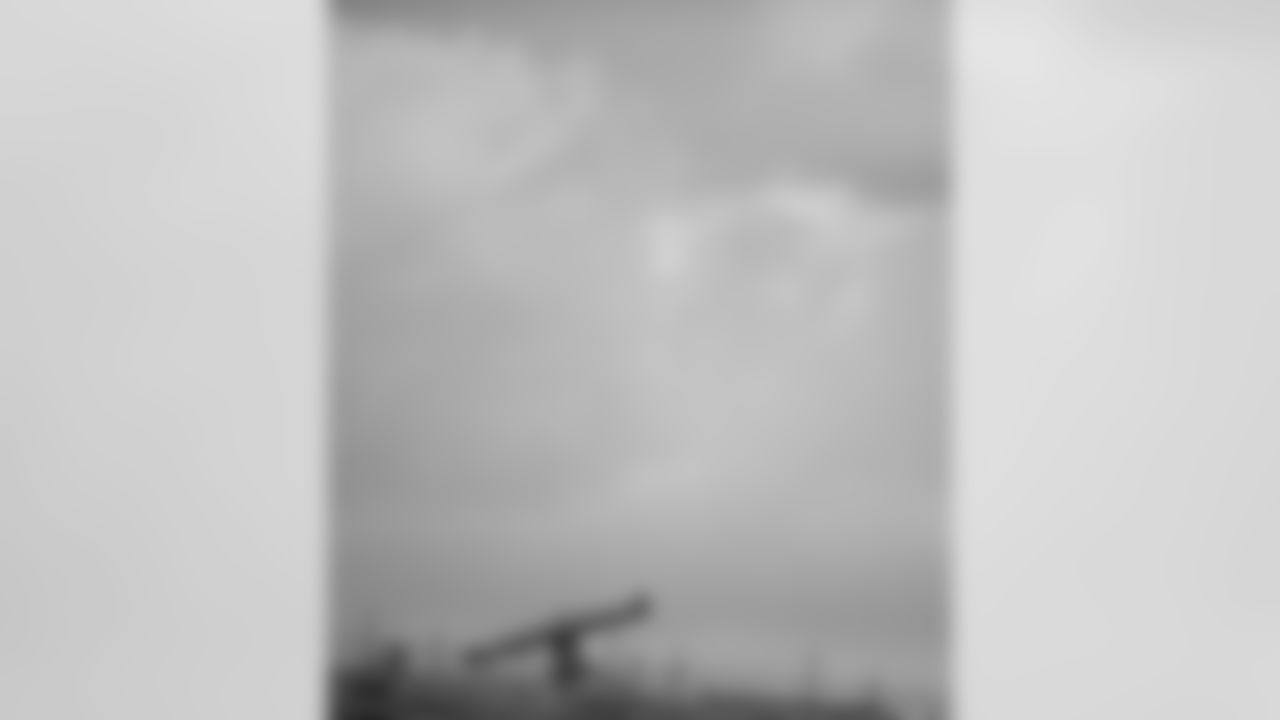
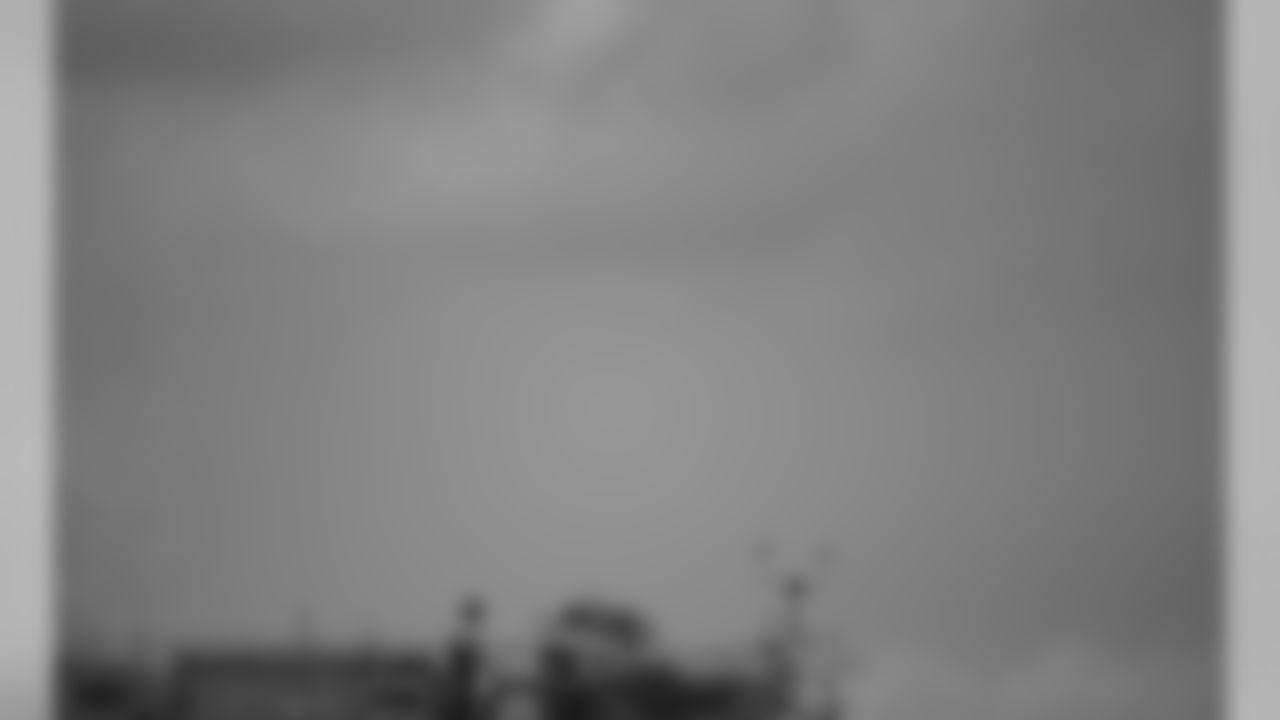
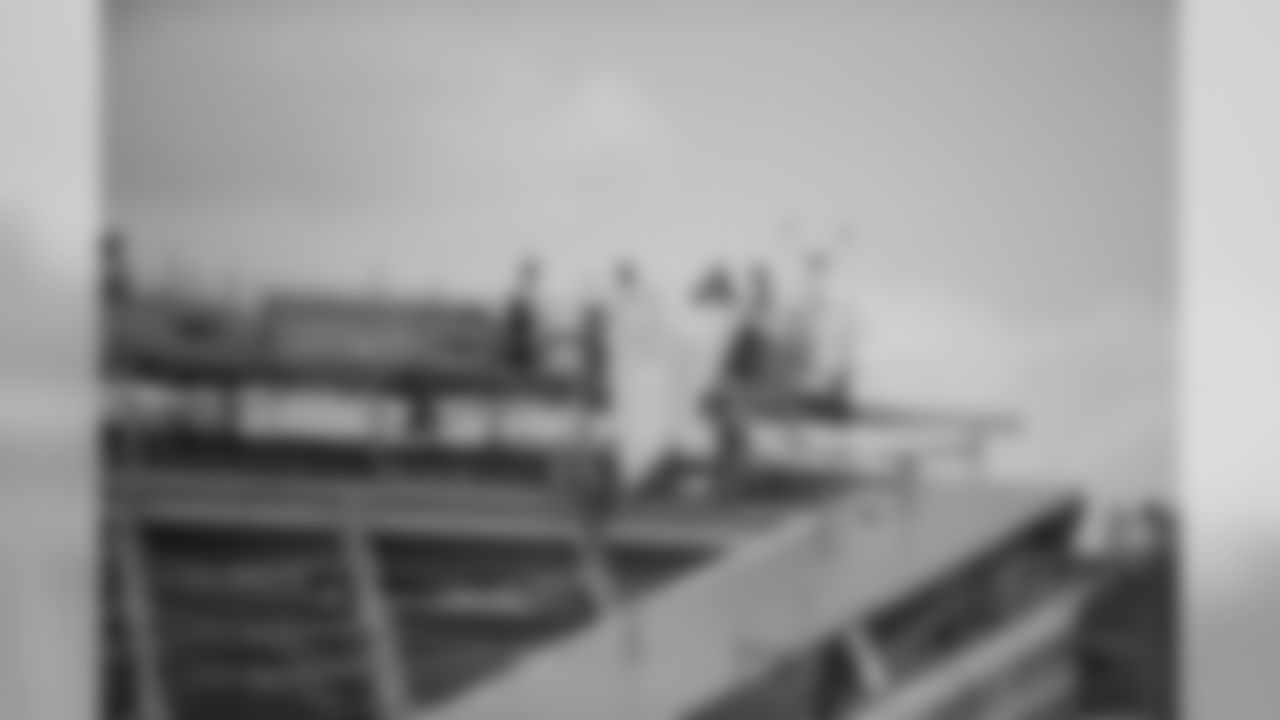
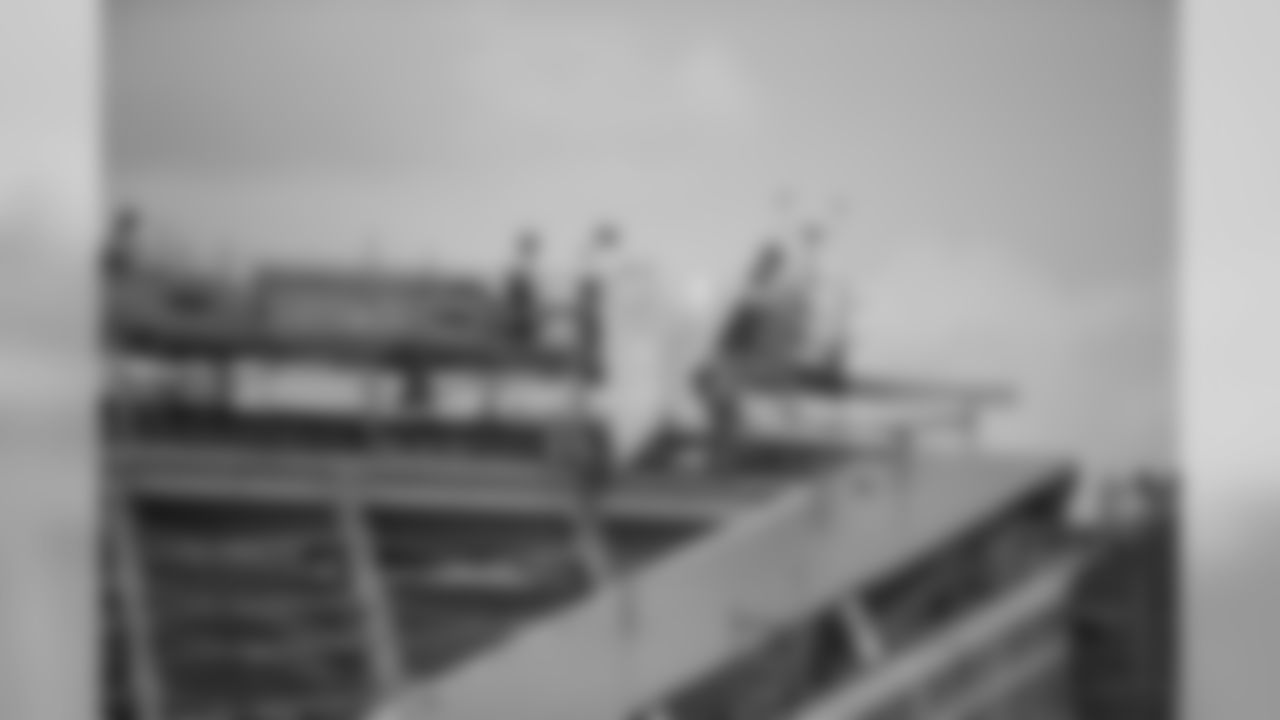
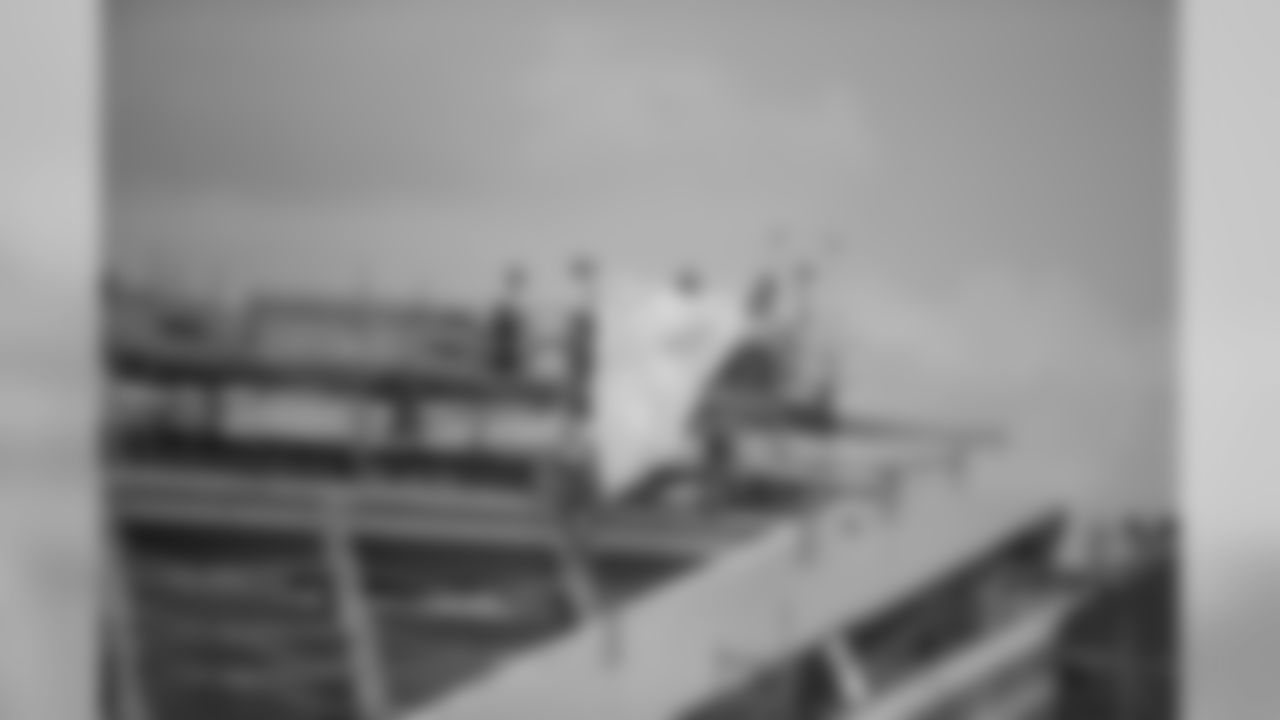
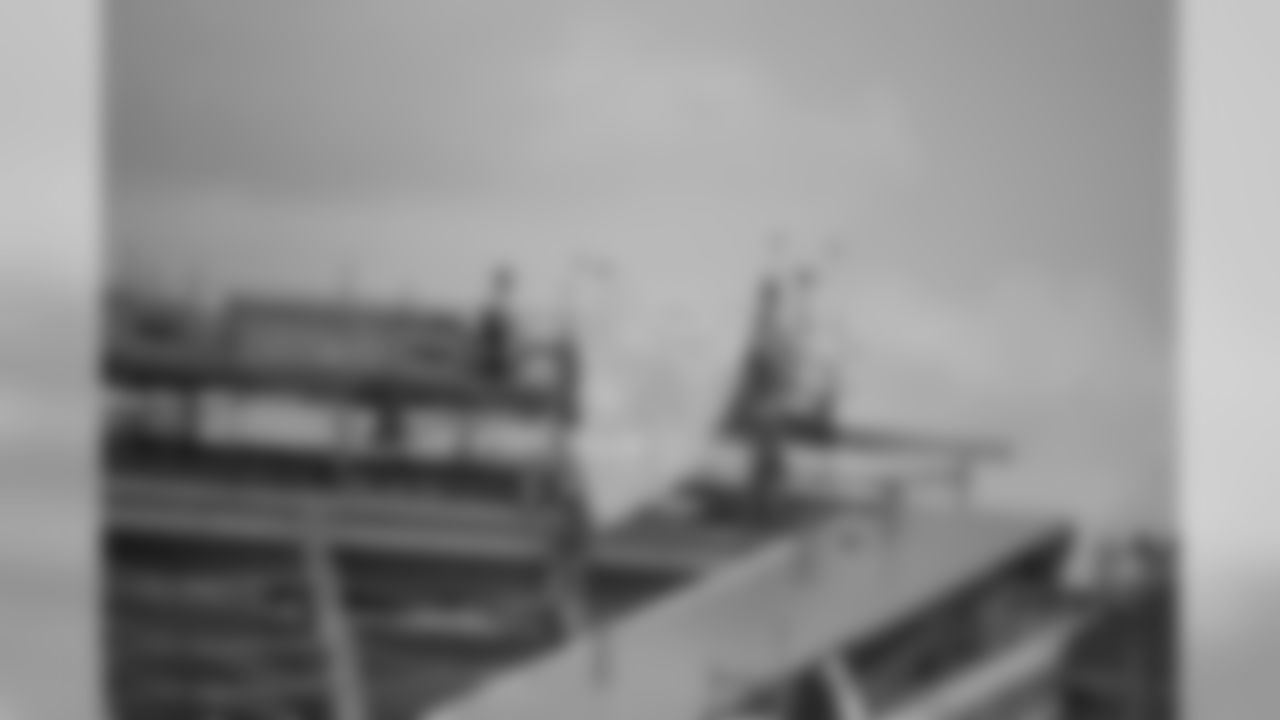
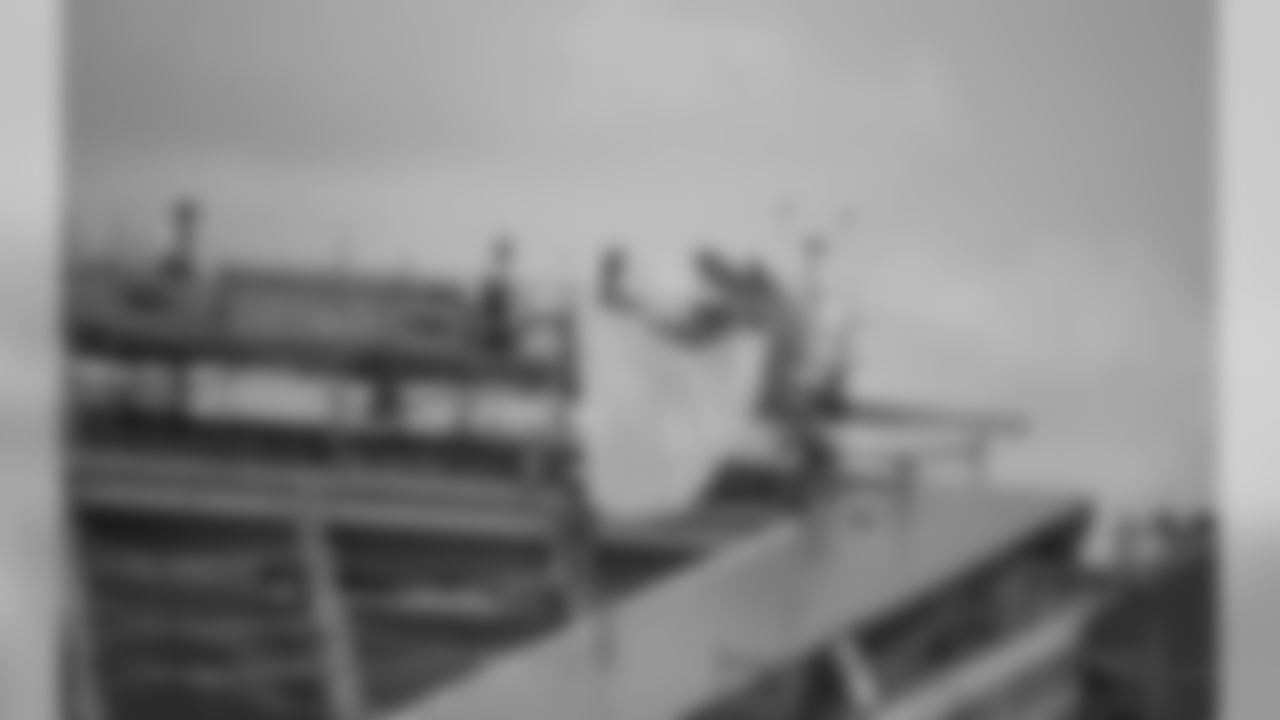
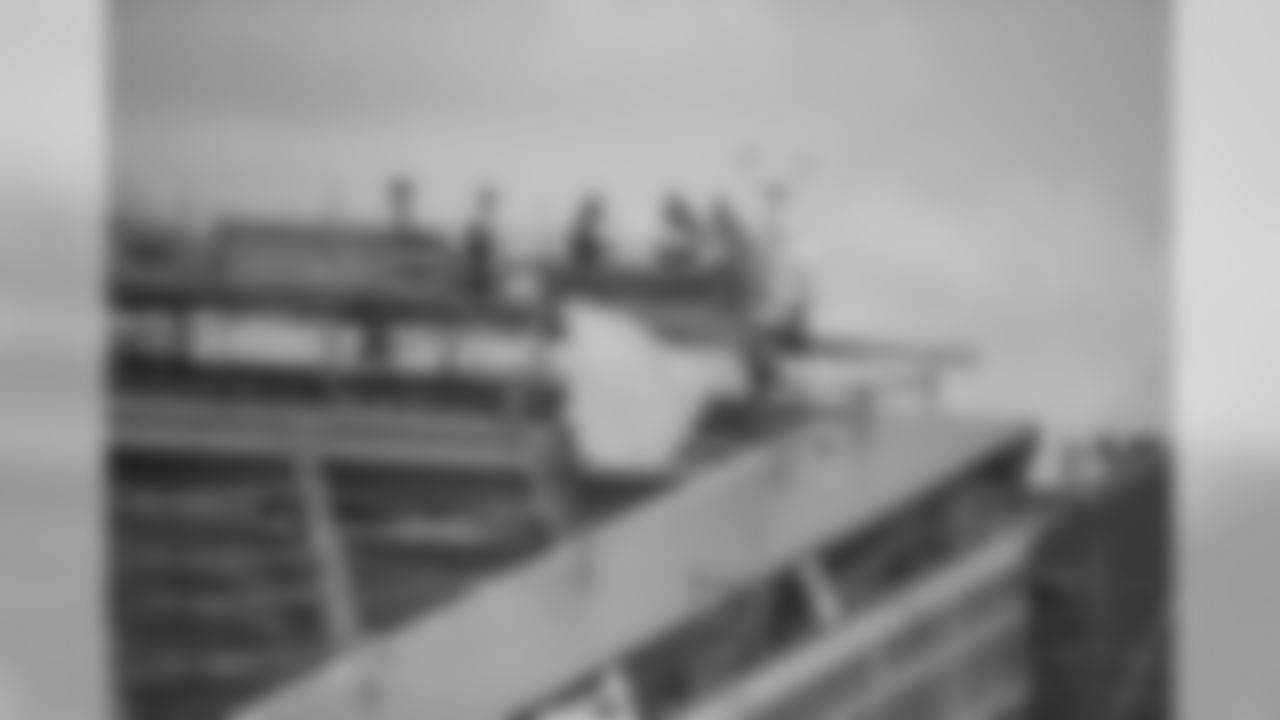
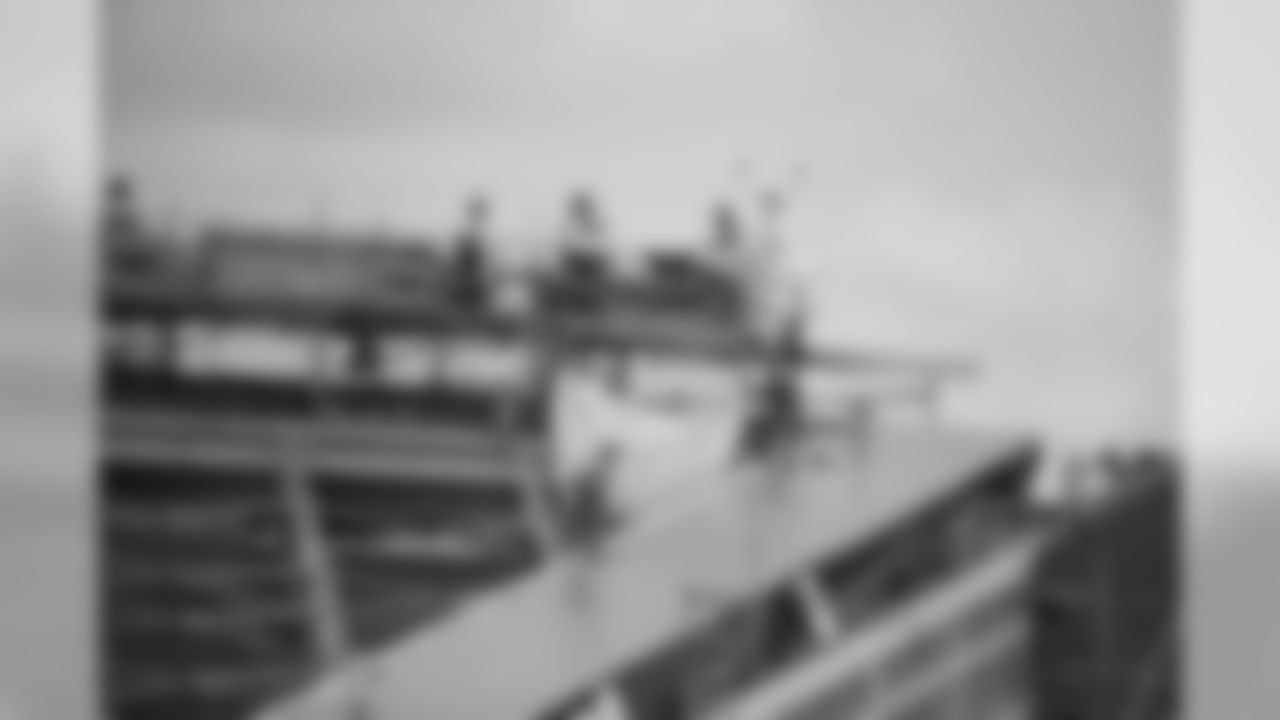
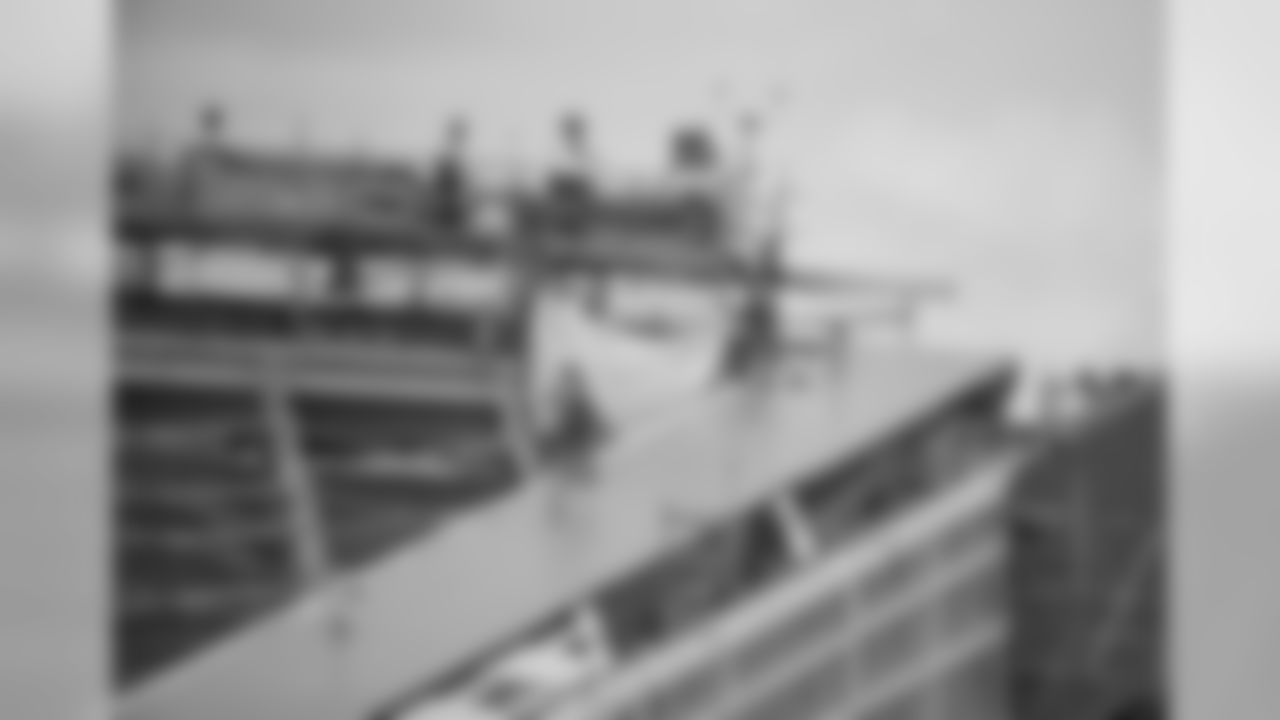
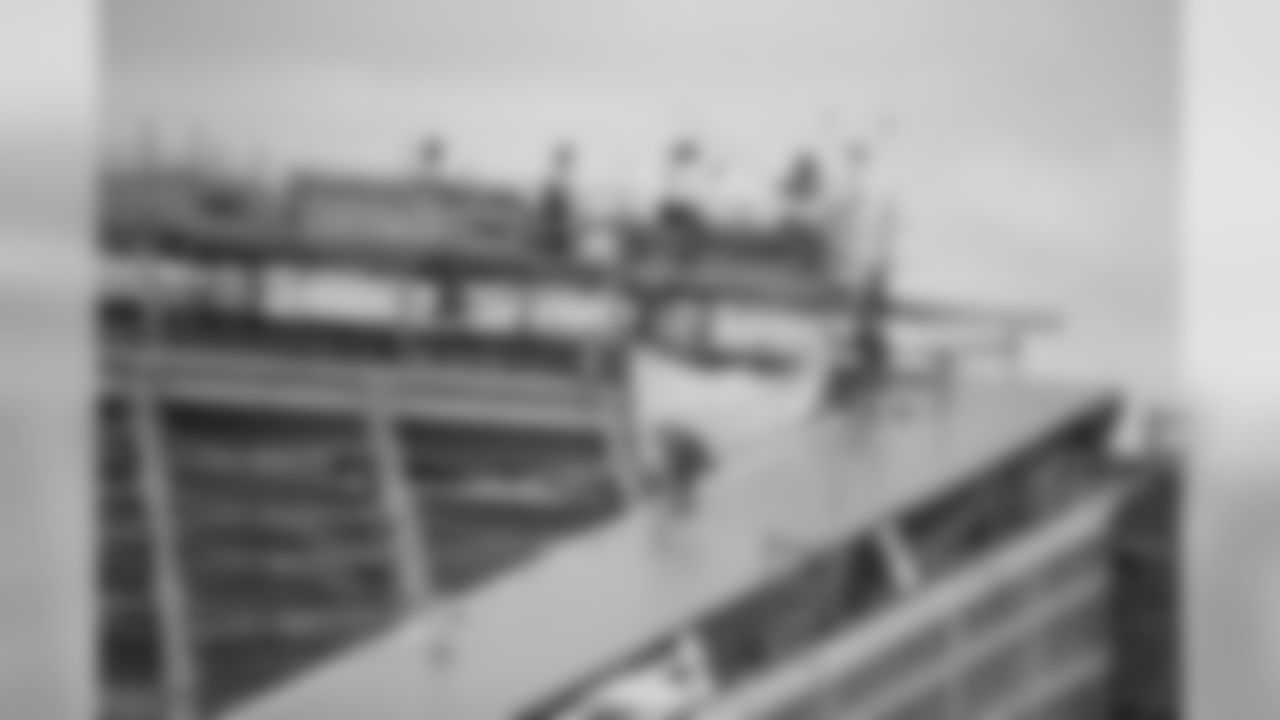
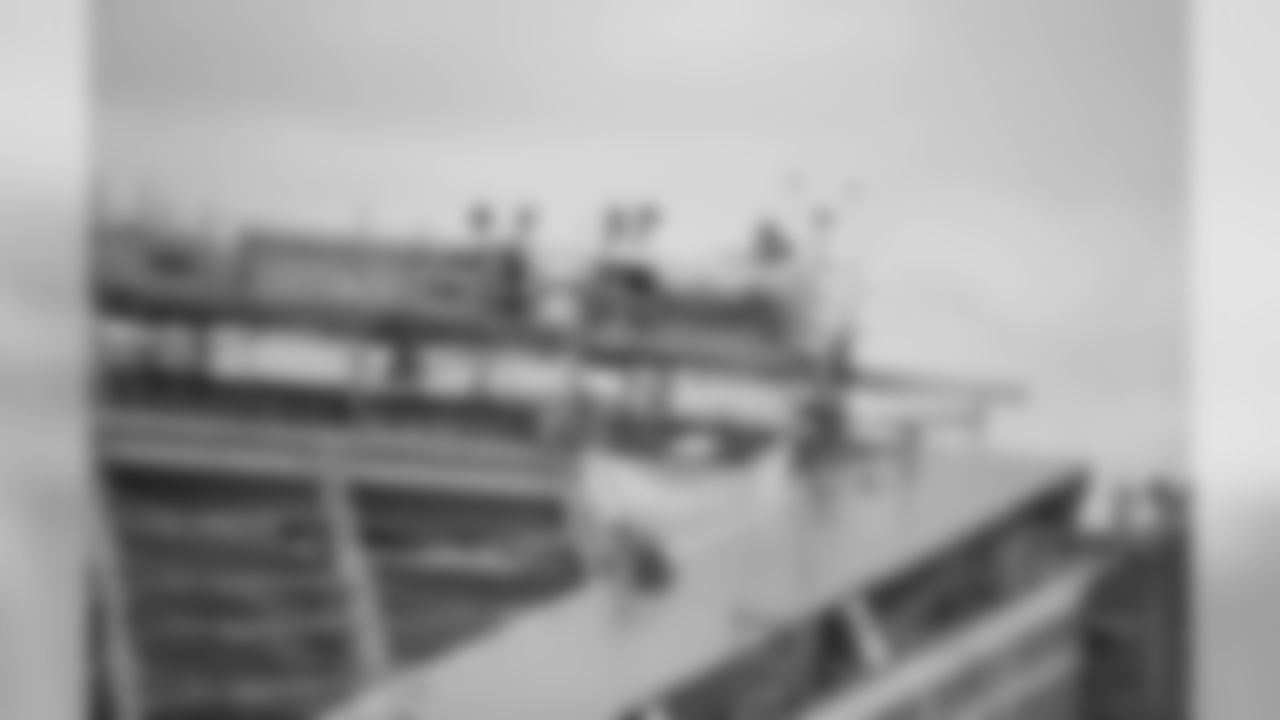
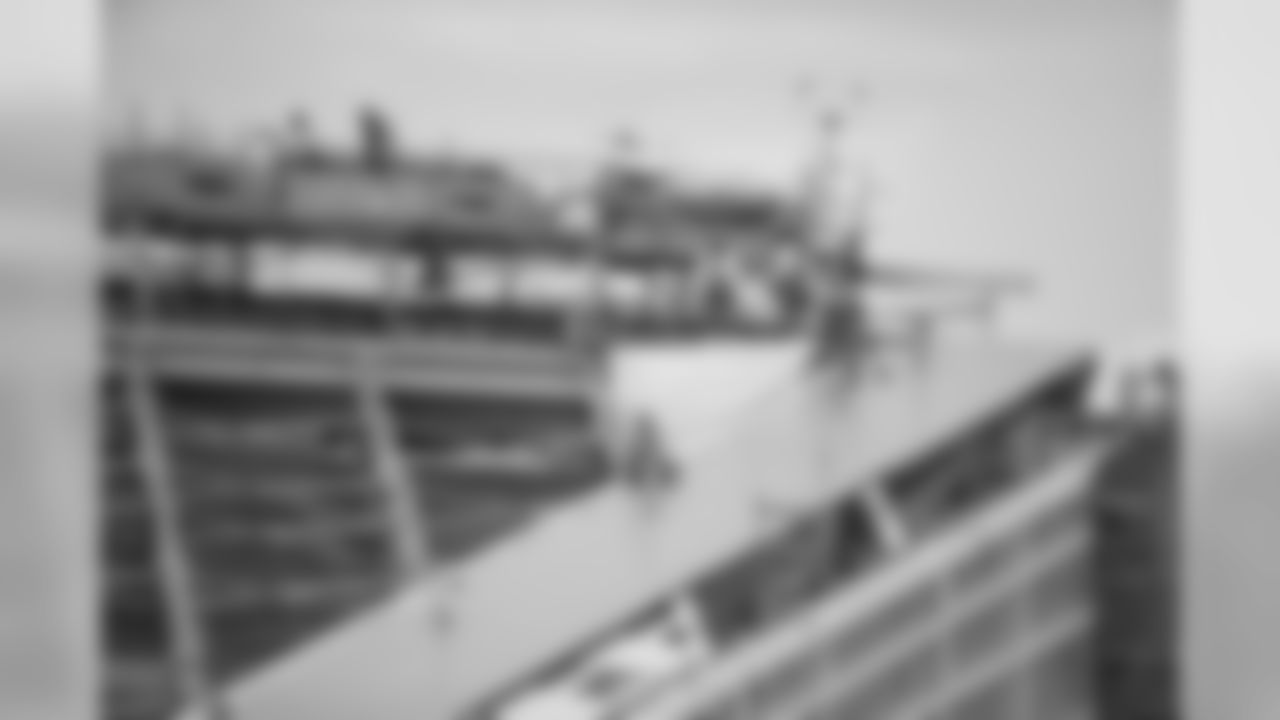
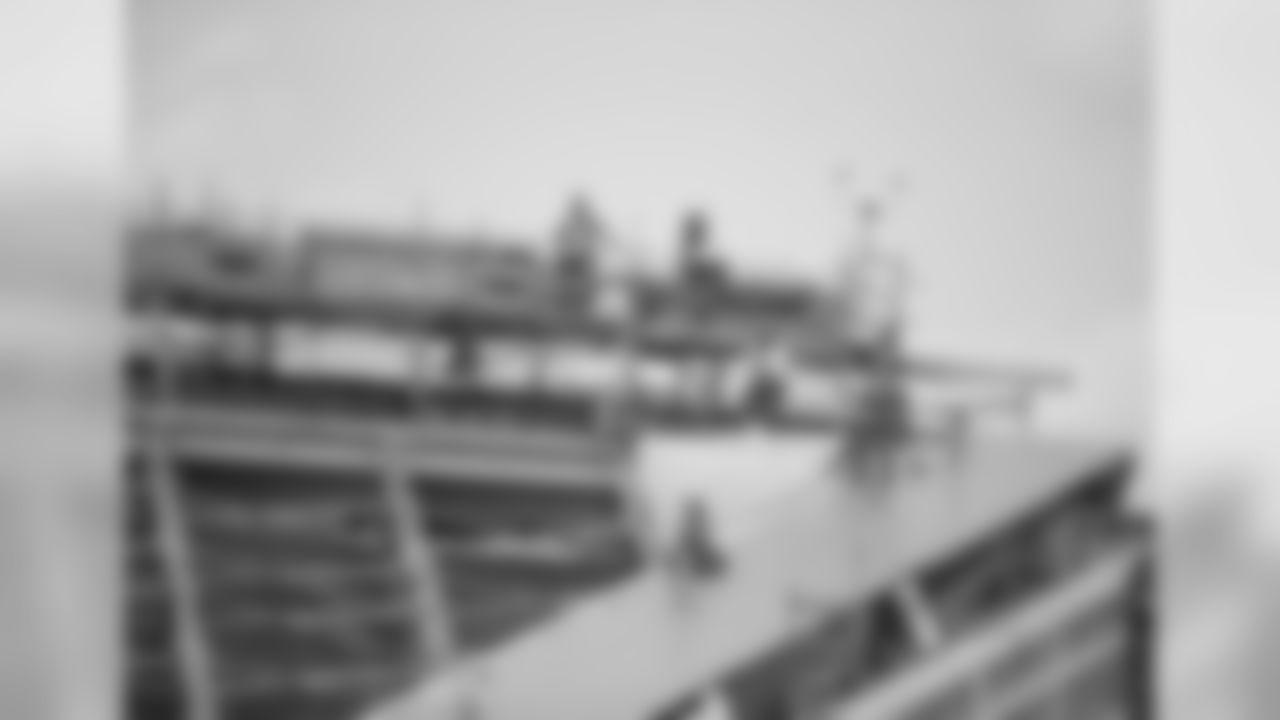
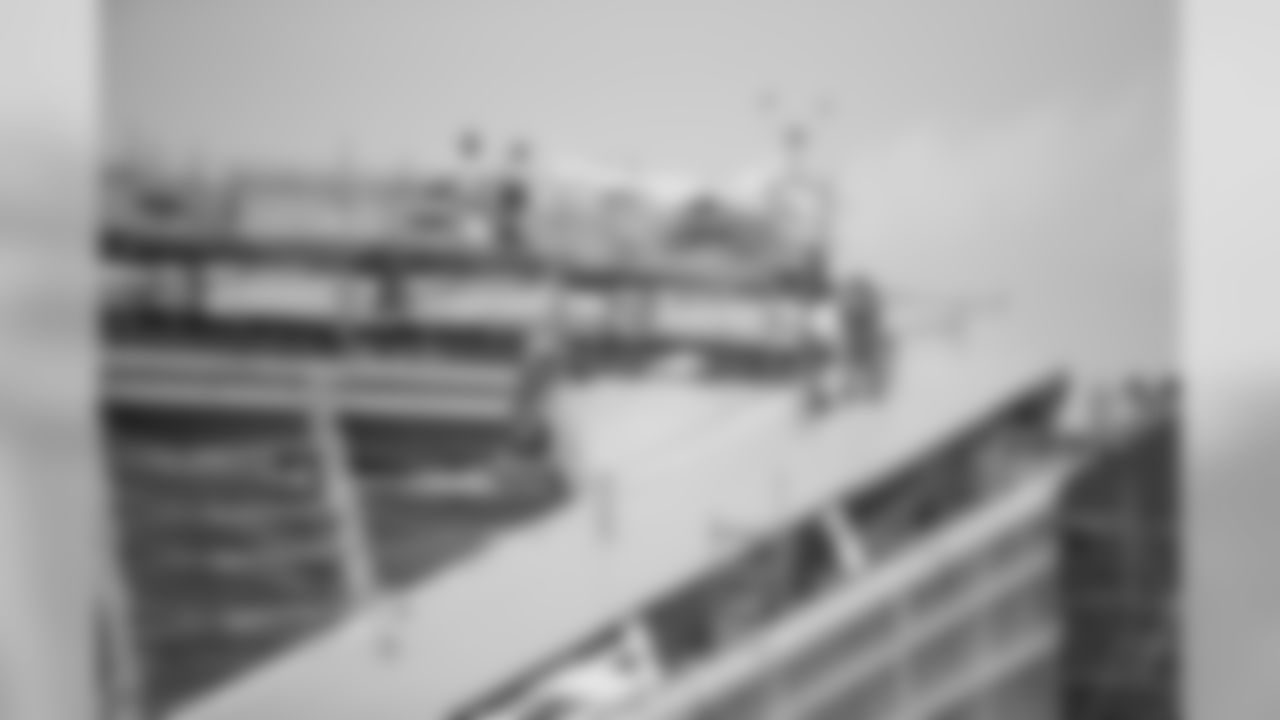
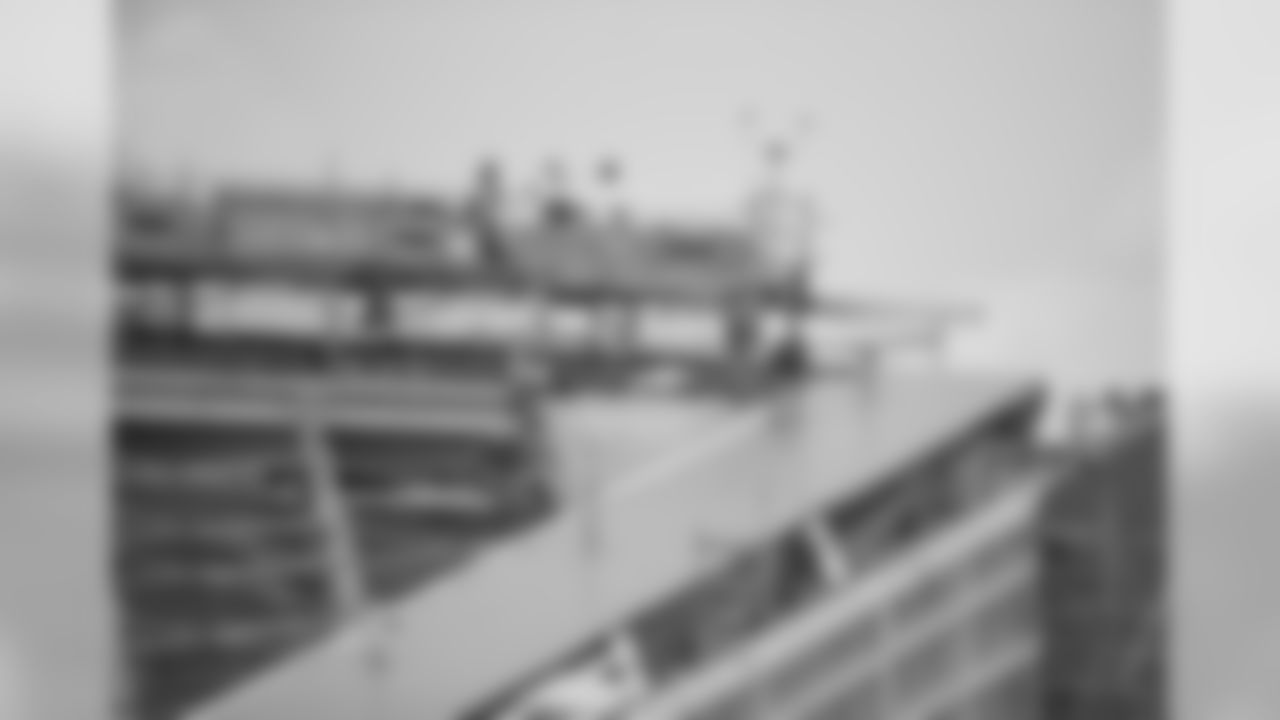
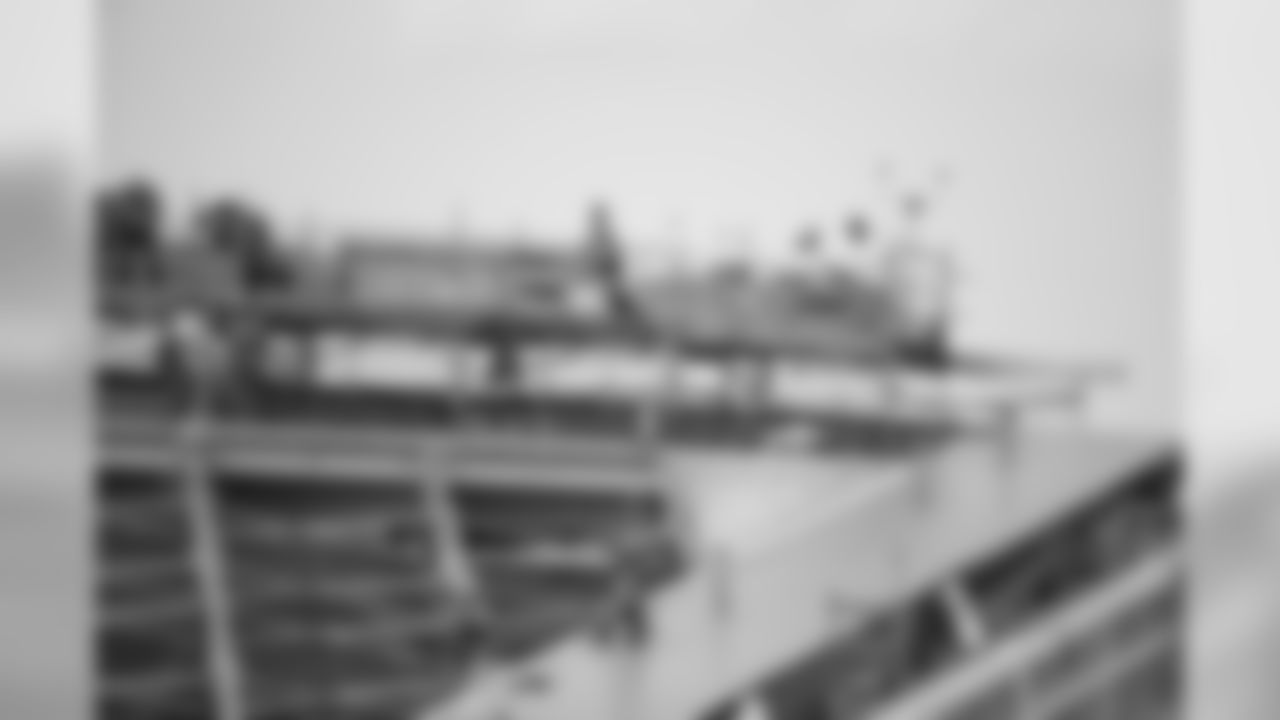
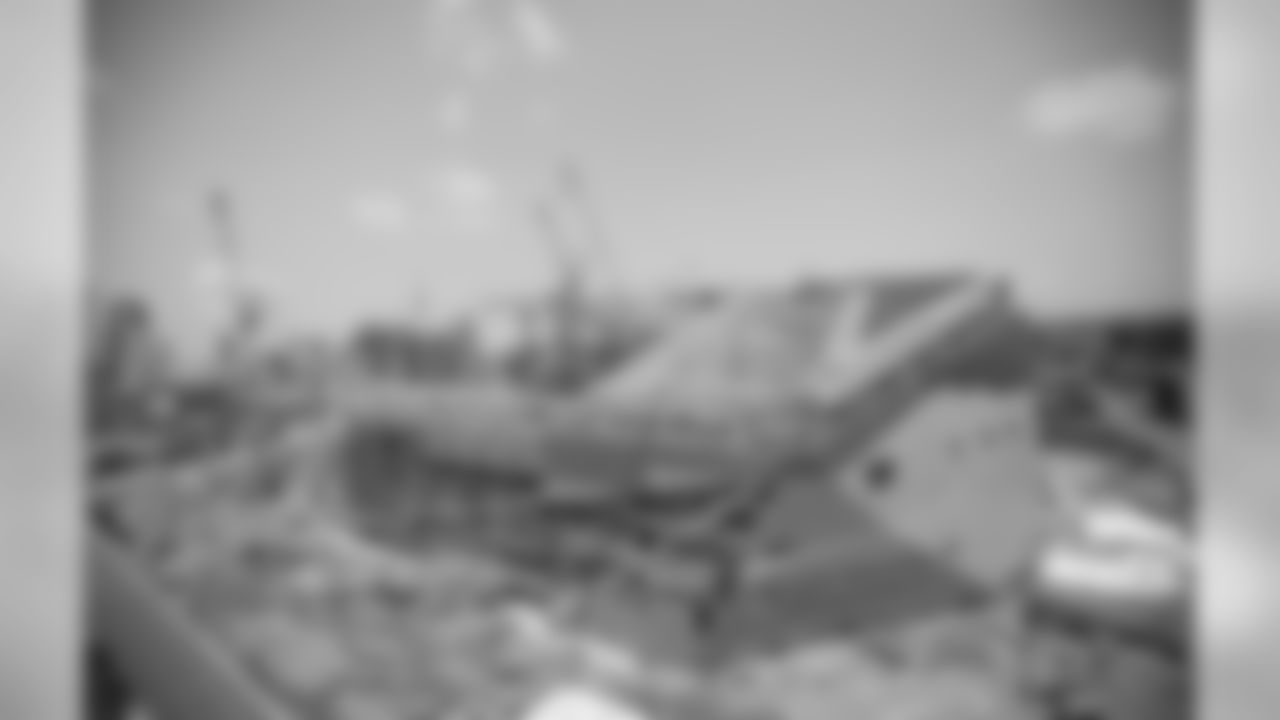
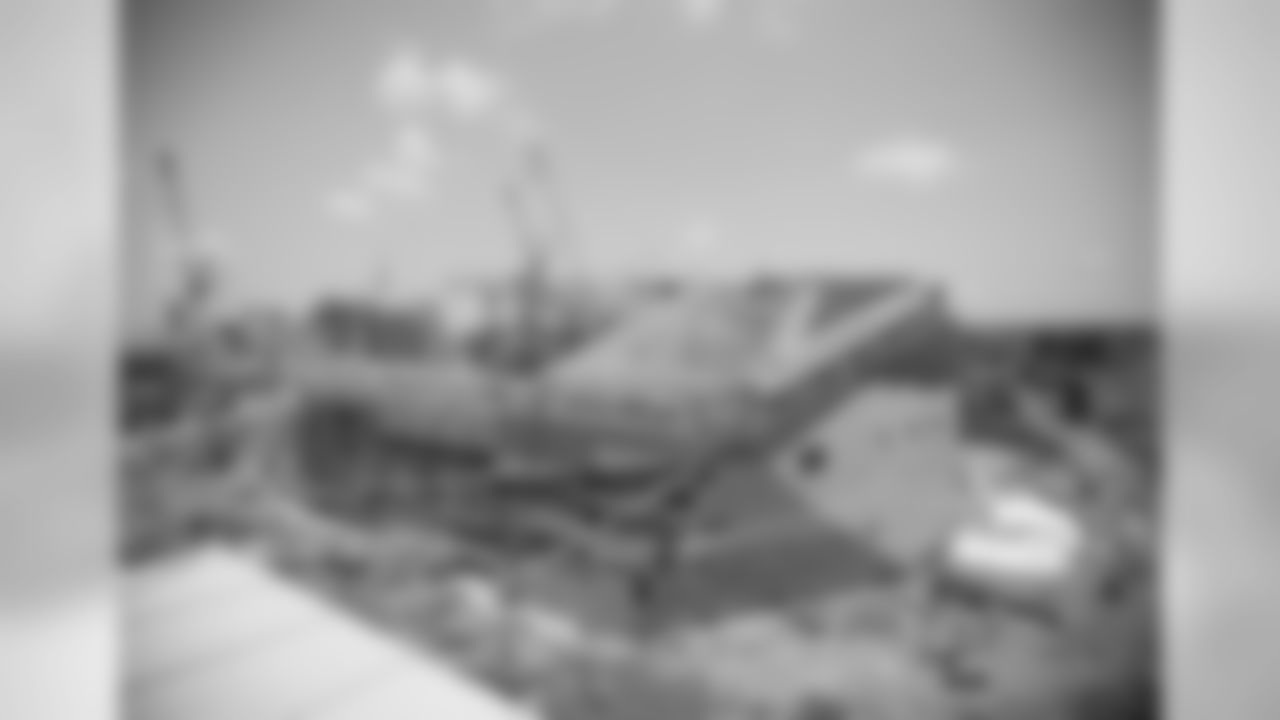
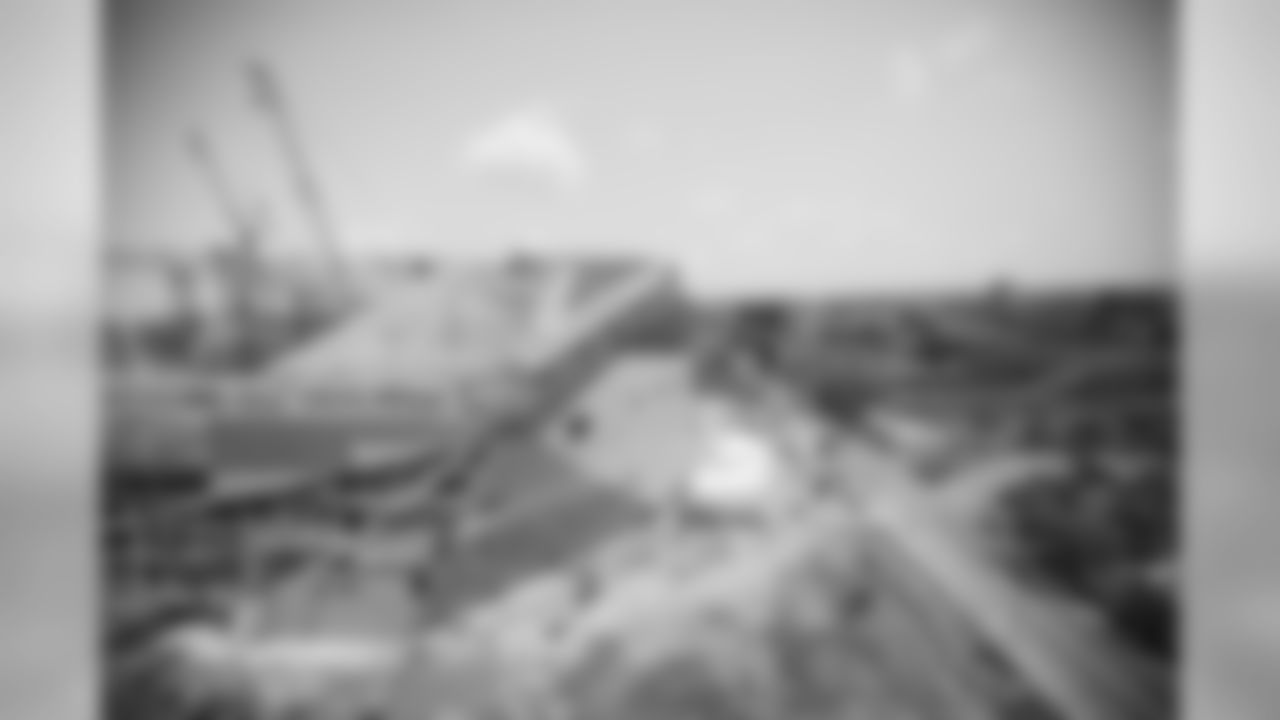
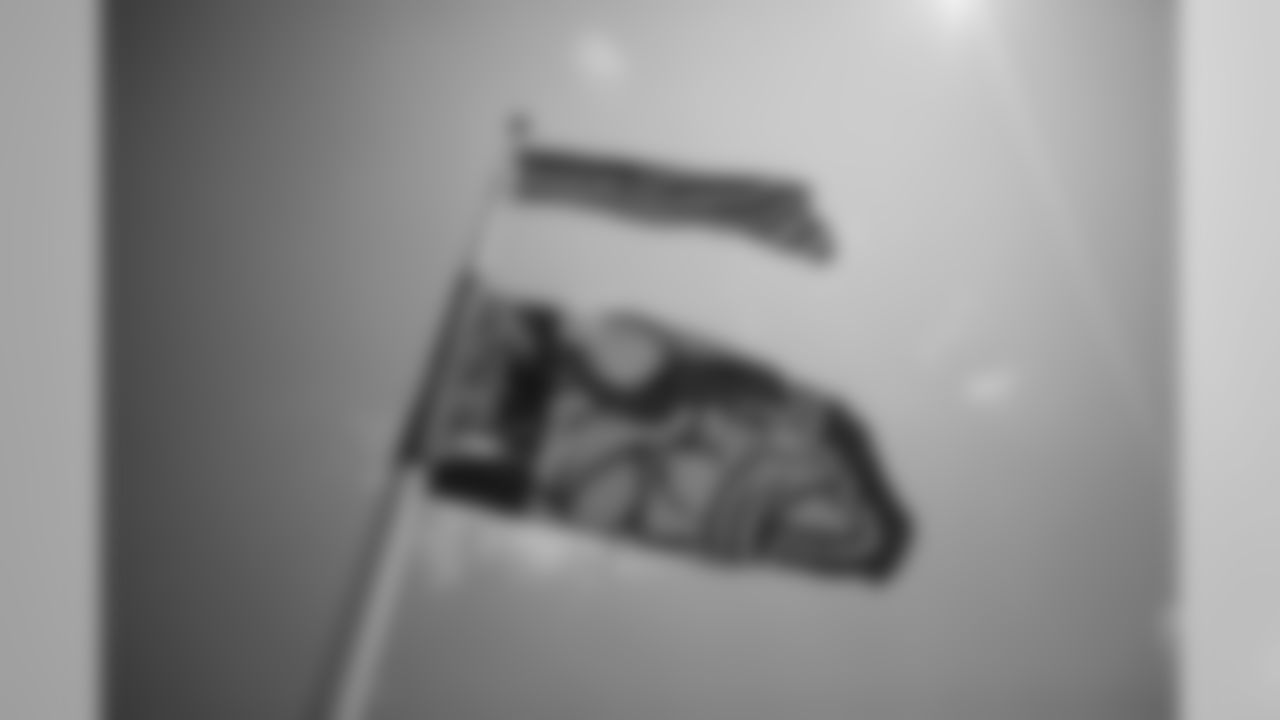
The transparent roof on the south side will be complemented by five 95-foot tall pivoting glass doors on the front of the building, letting actual fresh air in on warm days. With high-definition televisions at home serving as stiff competition for ticket sales in a northern climate where sunny autumn afternoons are savored, natural light was a high priority. The memory of the Teflon-covered Metrodome, cozy and quirky but dingy, was still fresh.
"The easy way out would have been a simple roof," said Kevin Taylor, the senior vice president at HKS Architects who's managing the project for the Dallas-based firm. "This'll be one of those well-recognized buildings in the industry. We think the perception of sitting in a facility enjoying a game when it's either raining or snowing outside and still feeling like you're experiencing an outdoor stadium is going to be phenomenal."
There are a handful of ETFE buildings around the country, like a train station in Anaheim, California, an amphitheater in Kansas City, Missouri, and a waterpark in Wisconsin Dells, Wisconsin, but this will be the biggest. ETFE was originally developed by chemical company DuPont in the early 1970s as aeronautics insulation. Tested to withstand weather from hail to hurricanes, ETFE began to be used in the 1980s for structures like shopping malls, zoos and schools, primarily in Europe. One of the ETFE pioneers was the founder of the German company Vector Foiltec, which was selected as the manufacturer for the US Bank Stadium roof.
The Water Cube in Beijing, used for swimming at the 2008 Olympics, became the largest building to incorporate ETFE. There's Allianz Arena in Munich as well as a couple of soccer stadiums in New Zealand, where Taylor visited shortly after HKS got the Minnesota project. Taylor was joined on that trip by Edward Peck, a vice president and facade specialist for Thornton Tomasetti, the Chicago structural engineering firm for the stadium.
The panels being used on US Bank Stadium average 10 feet by 300 feet, so only 75 will be needed to maximize transparency. The ETFE material is in thin foil sheets just a tiny fraction of an inch thick. There are three foil layers in each panel, with low-pressurized air in between for a total width around 25 inches.
"You think about that actually resisting all of the climate conditions of Minneapolis, and it's quite impressive. It's due to its physical strength but also its ability to kind of elastically respond to things," Peck said.
The upper layer of foil is fritted to limit the greenhouse effect, and the air helps maintain the desired thermal performance. Light studies of the site conducted by HKS concluded that 60 percent usage on the south side of the ship-shaped building would provide as much sunshine for the seats as if the whole top was covered with ETFE.
So about that weather.
The Metrodome, remember, collapsed under the weight of a 17-inch snowstorm in 2010.
With an asymmetrical design and a catch-basin gutter system around it, this roof will be far better equipped for heavy snow. There's also a system of thin cables to help support the ETFE panels.
"You won't see them sitting in the stands," said Brendan Moore, the senior project manager of the building's enclosures for Mortensen Construction, the general contractor of the project. "While this is very unique to Minnesota and North America, this is not the first time that ETFE has been used in a cold-weather environment by any means."
There's one unknown left, and that's the noise.
ETFE is considered more acoustically reflective than Teflon, so this place could be even louder than the Metrodome.
"We may not know ultimately until our first game, but we believe and have been advised that this building will be loud and bring that home-field advantage we want," Bagley said.
Even in defeat, though, the sun will shine.


